Diamonds Are Forever | Facts of Diamonds
Mother Nature never failed to surprise us and producing such wonderful creations.
Diamond today is considered as the most expensive and rarest gemstone discovered on Earth. Considering its component that takes billions of years to make and its process that cannot be done by man-made but by nature. Now, let us go to when early people are about discover the uses and the valuability of Diamonds.
History
India
The earliest discovery of diamond considered is in India, which people there uses the diamond as sort of armor which they wear it to keep them safe from warfare. Until such time they use it for cutting tools and engraving metal. This also serves them as medical aid believing that it can cure illness and use as a healing material when consumed.
Then 18th century came the scarcity of diamond in India became widely spread and the booming of search for another source began.
Diamond mine in the Golconda Sultanate region (present day Telangana and Andhra Pradesh states of India)
Africa
The discovery of diamonds began in 1867 in Africa after the shortage of supply in India. It begins when a fifteen year-old Erasmus Jacobs found a transparent rock in his father’s farm near south bank of Orange River. This leads to opening of large-scale mining operations and came to known as Kimberly Mine over the years. Later, Africa produce more diamonds about tenfold in the following 10 years after its discovery. Today Africa is considered as the major producer of diamonds.
Open pit mine of Kimberley, Africa known as the Big Hole.
Components & Characteristics
French scientist Antoine Lavoiser used a lens to refract the sun rays on the diamond in an atmosphere of oxygen then he come up to conclude that diamond is a product of carbon. Years later, another scientist an English chemist Smithson Tennant repeated and expanded that experiment, he demonstrates by burning diamond and graphite which both releases the same amount of gas and later founded the chemical equivalence of the substances. Diamonds are formed when carbon undergo to an extremely high pressures and temperatures which happened at the Earth’s layer called as lithosphere that lies approximately 90-240 miles below the earth’s surface.
Diamonds are best known on their Four C’s - the universal diamond grading system introduced by The Gemological Institute of America (GIA): Carat (its weight), Cut (quality of the cut which is graded according to its proportions, symmetry and polish), Color (how close to whites or colorless; for fancy diamonds how intense is its hue), and lastly its Clarity (how free is it from inclusions).
Carat
After a diamond's carat weight is determined, its measurements, depth, table, angles, culet, and girdle thickness are recorded.
Color
A diamond's color is graded on a scale ranging from D (colorless) to Z (light yellow) by comparing it to master stones of predetermined color.
Clarity
Clarity is assessed on a scale ranging from FL (flawless) to I3 (included) based on an examination of the stone under a binocular microscope of 10x magnification. The stone's characteristics are plotted on a diamond diagram.
Cut
Cut grade is established for brilliant round-cut diamonds based on the analysis of the stone's craftsmanship and light interaction. The level of a diamond's craftsmanship is determined by evaluating its polish, symmetry, and proportions. The stone's light interaction is based on its brightness, scintillation, and fire. The GIA designates the quality of a cut on a grading scale ranging from Excellent to Poor.
Engagement Rings History: Uses of Diamonds
The name Diamond came from the greek word “adamas”, translated to “unconquerable”. The symbolic meaning lends itself well to the diamond’s historic commemoration of eternal love. The history of the engagement ring began 1215, when Pope Innocent III declares an “engagement” period between betrothal and a marriage. The ring signifies as the couple’s commitment temporarily, that time also, rings were introducing as major component of wedding ceremony, afterwards the Roman government mandated all marriage ceremonies should be held in the church.
The first recorded presentation of a diamond engagement ring was in 1477, when Archduke Maximillan of Austria proposed Mary of Burgundy. Engagement rings are common at this time but diamonds are rare and only reserved for royalties and upper elite class.
The diamond’s rarity, beauty, and strength makes it the best symbol for the resilience and longevity of marriage. With its rich history, sense of perpetuity, and gleaming brilliance, it is best selection to denote a lasting union.
Now we’re here to the main topic of my article:
How to determine TRUE Diamond?
Here’s the ways to determine the real Diamonds from the fake one.
Read-Through Effect
This is applicable with the use of round cut diamond, done by turning it upside down on a printed piece of paper. If the letters are visible, then maybe the one you’re holding is fake. A real diamond bends the light so sharply that you wouldn’t be able to see the print. But there are few exceptions: if it is cut in disproportionately, the print can still be visible through a real diamond.
Fog Test
Diamonds are efficient heat conductors. A real one won’t fog up easily, it will still clear much faster than a fake. If you breathe on fake diamonds repeatedly, you will see condensation start to build up. With each puff, the fake stone will fog up more and more, while the genuine one will still be clean and clear.
Setting and Mount
A real diamond is not likely to be set in a cheap metal. Stamps inside the setting indicating real gold or platinum (10K, 14K, 18K, 585, 750, 900, 950, PT, Plat) are a good sign, while a "C.Z." stamp will give away that the center stone is not a real diamond. C.Z. stands for Cubic Zirconia, which is a kind of synthetic diamond.
Thermal Conductivity Probe (Diamond Tester)
Using the thermal test separates the fake ones to real diamonds by detecting the rate stone disperses the heat. This test works on most gems, with an exception being synthetic moissanite stone may register as a real diamond with the thermal test.
Use Magnification
Whenever you have an access to a microscope, many observations can be a help to determining the real one. Look at the gemstone through one of the bezel or star facets on the crown. If the stone shows doubling, which means it looks like there are two of each facet line, then it’s probably a moissanite.
Reflections
A real diamond reflects mostly a shades of gray, instead of checking for colors see to it that it reflects sparkles: the brilliance and intensity of the light. Another is if you see rainbow colors refracted then it’s a sign that the piece is not diamond, a sign of double refraction that are common to a stone called moissanite.
Water Test
It is done by droping the stone in a glass of water and see if it sinks to the bottom. A real diamond will sink due to its high density. A fake one will float at the top of the surface or in the middle of the glass.
UV Light Test
To test a diamond in a different way, place it under a UV light and watch the reaction. Most diamonds will emit a blue colored glow, but not all of them. Some diamonds do not glow under UV light. For this reason, if the stone does not glow, the results don’t necessarily indicate that it’s a fake diamond.
Note: If ever you’re still not convinced about the test conducted, it is better to go to the professional appraiser and see to it that you have your certificate of appraisal. Certification and grading assures you that your stone has been proven by the experts as a real dia.
Sending all my love,
Unicorn-Girl

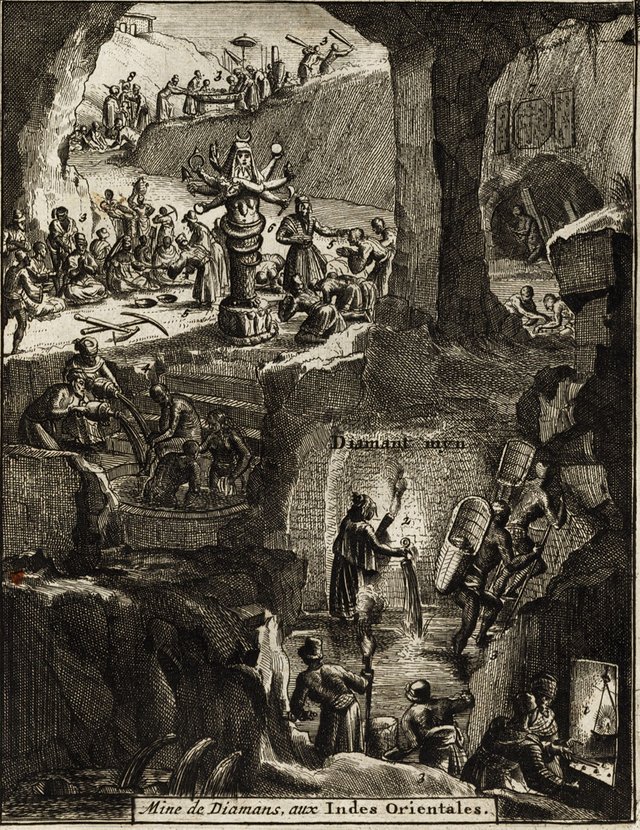
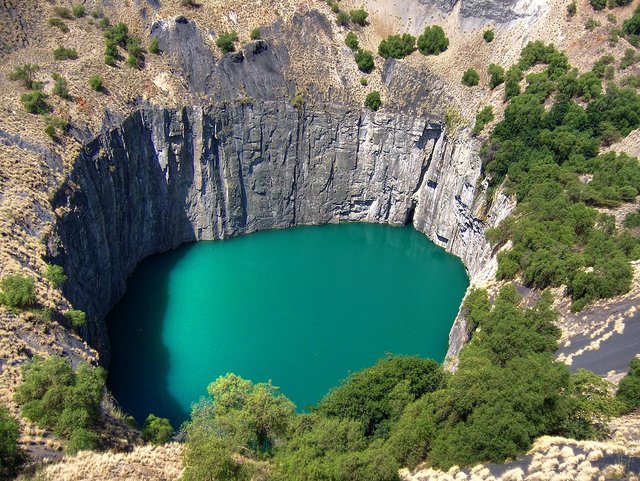
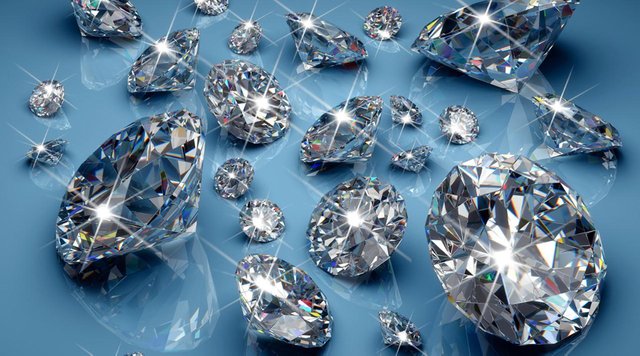
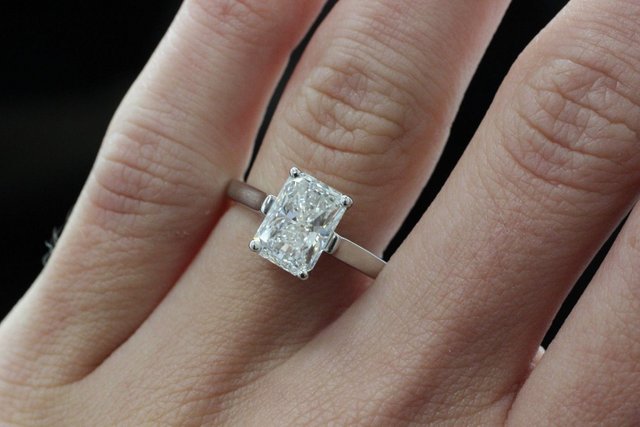

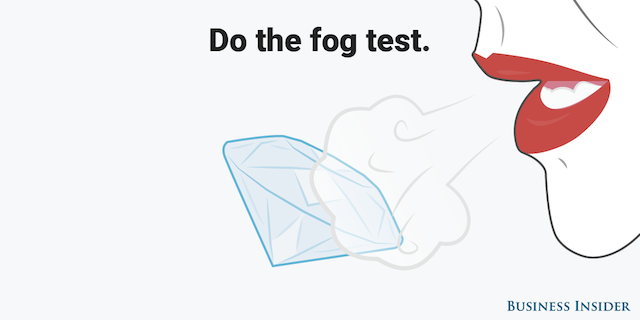

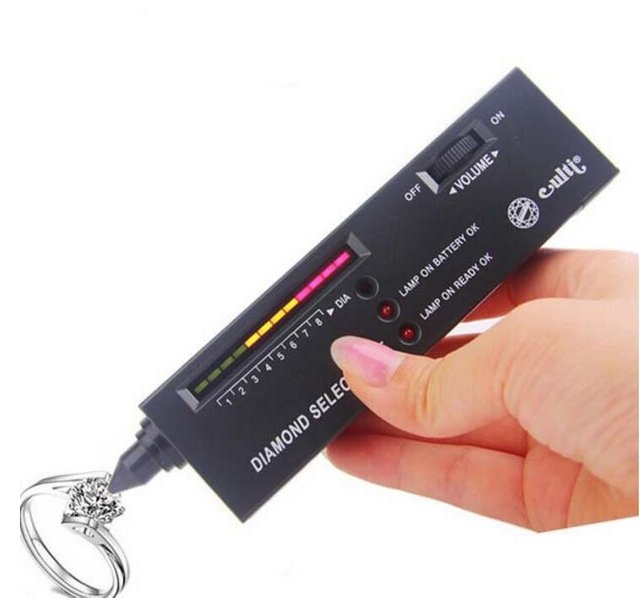


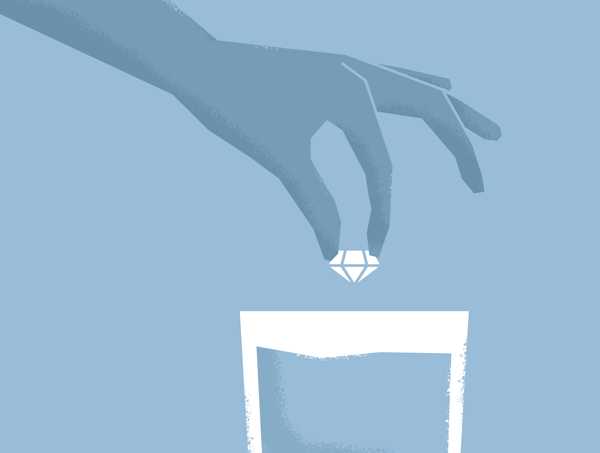
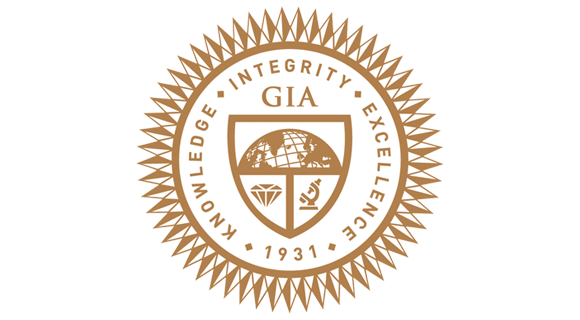
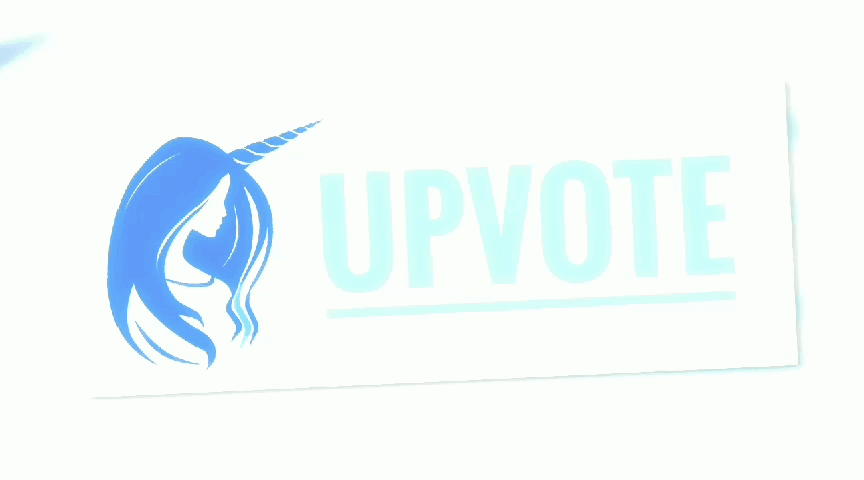
I always thought the idea of diamonds being valuable was a bit weird. I mean if we consider that diamonds are forever, and then assume that they are being produced at some rate, then we can conclude that eventually the entire universe will be full of diamonds!
Diamonds Are Forever means the exact opposite of what you're trying to say... What I mean to say about the "forever" word here is everlasting union of a couple.
Why, don't you find diamond as valuable stone? Just askin' 😊
Lol... Value implies they're not abundant, but they are. Their release onto the market is controlled by the companies that mine them to create artificial scarcity!
@originalworks